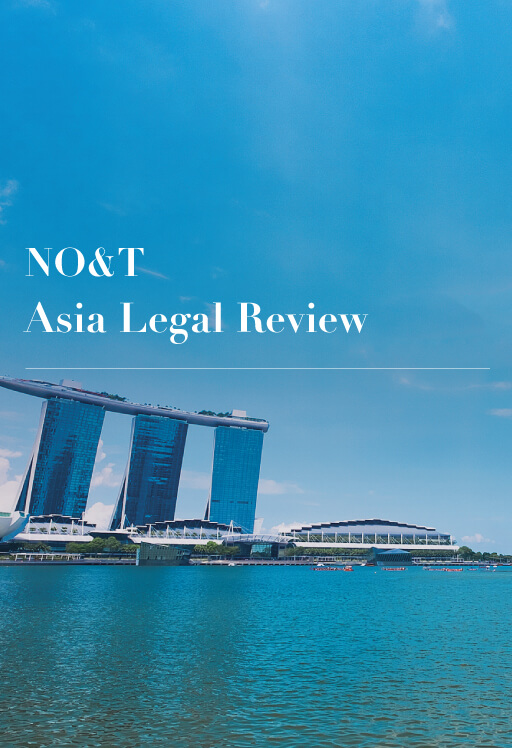
NO&T Asia Legal Review
On 31st May 2021, the then Minister of Communications and Multimedia Malaysia issued a direction to appoint Digital Nasional Berhad (“DNB”) (which is a state-owned agency) to undertake the deployment of 5G infrastructure and network in Malaysia, and to provide wholesale 5G services. The 5G rollout was intended to be implemented as a Single Wholesale Network (“SWN”) which aims to provide nationwide 5G coverage, via one common network, to which licensees under the Malaysian Communications and Multimedia Commission (“MCMC” which is the regulator for the communications and multimedia industry in Malaysia) can seek equal access on a wholesale basis.
DNB has been tasked to build, own and operate the common network and for this purpose, it was also granted a Network Facilities Provider (Individual) Licence and a Network Service Provider (Individual) Licence by the MCMC.
“Network Facilities Providers” and “Network Service Providers” are defined in the Licensing Guidebook issued by the MCMC as follows:
In relation to the above, DNB has obtained an “individual licence” for the 2 licences above as the licensed activity requires a high degree of regulatory control which is for a specified person to conduct a specified activity and may include special licence conditions.※1
However, on 3rd May 2023, the Malaysian Communications and Digital Minister (“Minister”) announced that Malaysia will transition from the SWN model to a Dual Wholesale Network (“DWN”) model for deploying the 5G infrastructure in the country.
Following the announcement on the DWN model, 3 out of 4 telecommunication companies (which had proposed to subscribe up to 65% shares in DNB) terminated their respective share subscription agreements with DNB.※2
According to the Minister, some key highlights of the DWN model are as follows:
More key details regarding the implementation of the DWN model may be shared by the Malaysian authorities at a later stage.
Subject to the release of the requirements for the implementation of the DWN model, foreign investors may consider applying for the DWN Entity role and it is likely that the DWN Entity may also be required to obtain a Network Facilities Provider (Individual) Licence and a Network Service Provider (Individual) Licence (please see the 2nd paragraph above regarding licences obtained by DNB).
There are some standard conditions which are imposed on the licensee for the 2 licences under the Malaysian Communications and Multimedia Act 1998. These standard conditions include amongst others, the licensee must be a company incorporated in Malaysia; and the shareholding of the company must comply with relevant Malaysian foreign investment restrictions.
Based on the official portal of the Malaysian Ministry of Investment, Trade and Industry, the Network Facilities Provider and Network Service Provider licensee is generally subject to a maximum foreign equity of 70%. Further, the MCMC Licensing Guidebook requires the licensee to have at least 30% Bumiputera shareholding.※3 Notwithstanding the above, interested applicants for the licences should check with MCMC on the prevailing equity restrictions (e.g. Foreign and/or Bumiputera equity).
Further, on 9th May 2023, it was reported that the Malaysian Government may consider disposing of its stake in DNB after the achievement of 80% 5G coverage by end of 2023. As a result of the foregoing, in addition to open tender process to appoint the DWN Entity to implement Phase 2 of DWN model, other telecommunication providers may consider taking up a role in Malaysia’s 5G market through share ownership in DNB.
The Malaysian Government’s decision to implement a DWN model for the deployment and development of the 5G infrastructure in Malaysia is welcomed as it may attract foreign investment into the 5G network landscape in Malaysia and it also dissuades concerns of a nationalized monopoly over the country’s 5G rollout.
As at the date of this newsletter, there have not been any publicly available rules and guidelines issued by the Malaysian Government on the open tender process and detailed selection criteria in respect of the Phase 2 of the DWN model, but the introduction of the DWN model appears to signal that Malaysia welcomes telecommunication companies with 5G network expertise to develop the 5G infrastructure in Malaysia. Nonetheless, foreign investors should be mindful of the prevailing foreign and/or Bumiputera equity restrictions under the relevant Network Facilities Provider and Network Services Provider licences and other special conditions that may be imposed on such licences by MCMC.
*1
Paragraph 1.3 of the MCMC Licensing Guidebook (updated as of 1st April 2023).
*2
Announcement made by CelcomDigi Berhad on Bursa Malaysia dated 3rd May 2023 and announcement made by Telekom Malaysia Berhad on Bursa Malaysia dated 10th May 2023
*3
Paragraph 3.1(c)(iii) of the MCMC Licensing Guidebook (updated as of 1st April 2023). The term “Bumiputera” is not specifically defined in the Federal Constitution of Malaysia, but the Court in Merdeka University Berhad v Government of Malaysia [1981] 2 MLJ 356 mentioned that although “Bumiputera” literally means autochthons, it is generally used as a composite term to denote Malays and indigenes of the soil.
This newsletter is given as general information for reference purposes only and therefore does not constitute our firm’s legal advice. Any opinion stated in this newsletter is a personal view of the author(s) and not our firm’s official view. For any specific matter or legal issue, please do not rely on this newsletter but make sure to consult a legal adviser. We would be delighted to answer your questions, if any.


Hoai Truong
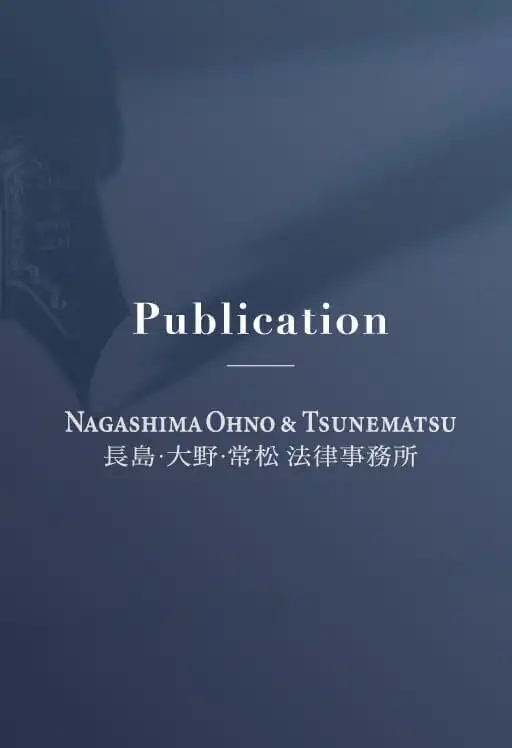

(August 2025)
Keiji Tonomura, Yoshiteru Matsuzaki (Co-author)


(July 2025)
Ryo Okubo, Yu Takahashi, Uchu Takehara, Naoto Obara (Co-author)
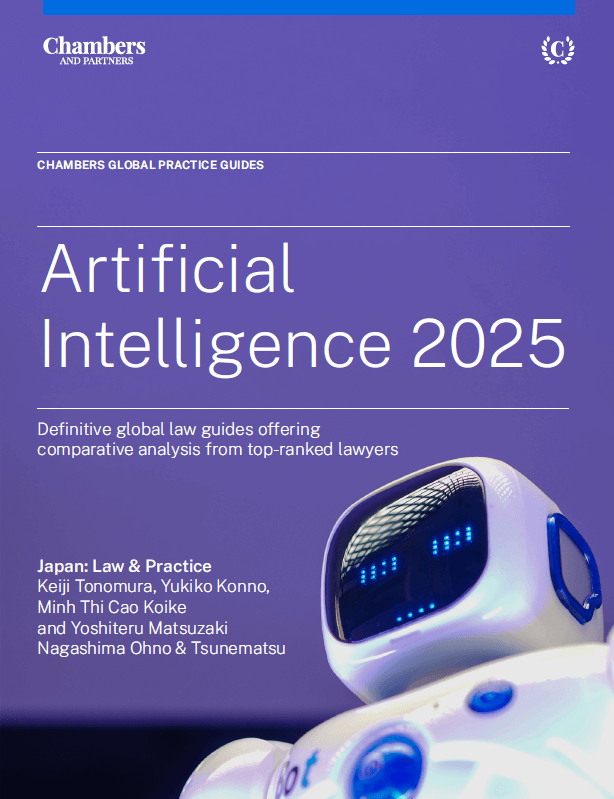

(June 2025)
Keiji Tonomura, Yukiko Konno, Minh Thi Cao Koike, Yoshiteru Matsuzaki (Co-author)


(August 2025)
Keiji Tonomura, Yoshiteru Matsuzaki (Co-author)


(April 2025)
Keiji Tonomura, Akira Komatsu (Co-author)


(October 2024)
Keiji Tonomura, Minh Thi Cao Koike (Co-author)
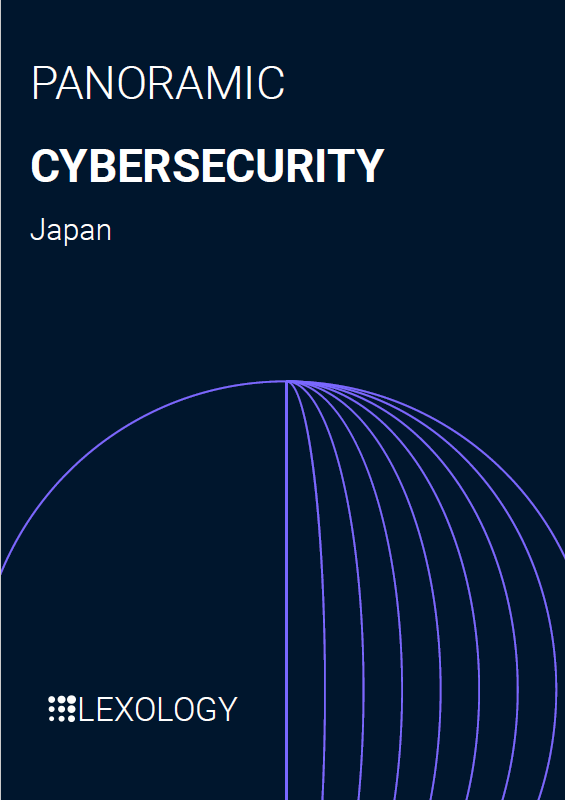

(July 2024)
Yasushi Kudo, Tsubasa Watanabe, Hayato Maruta (Co-author)
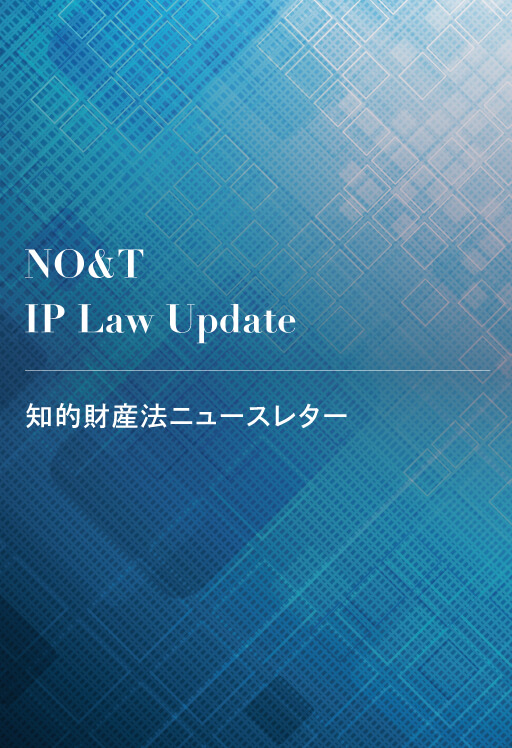

Kenji Tosaki, Takahiro Hatori, Nozomi Kato (Co-author)


Salin Kongpakpaisarn, Pundaree Tanapathong (Co-author)
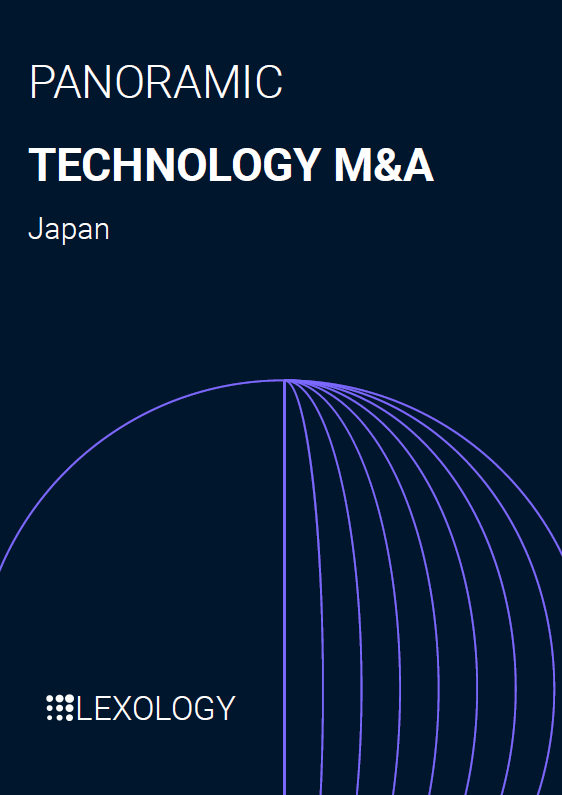

(November 2024)
Keiji Tonomura, Masaki Mizukoshi, Uchu Takehara, Hitomi Kono (Co-author)


(October 2024)
Yasushi Kudo, Tsubasa Watanabe, Hayato Maruta (Co-author)